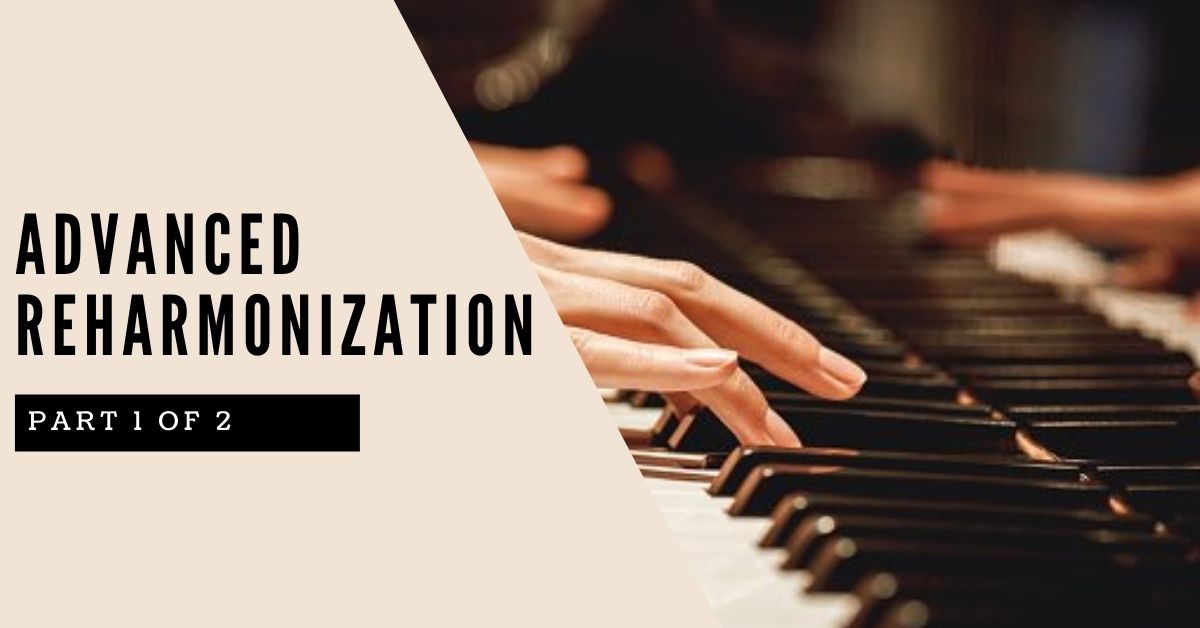Advanced Reharmonization - Part 1of 2

Advanced reharmonization is fancy jazz-speak for expressing a pretty simple idea - changing the chords. Yeah, that's it. Advanced reharmonization just simply means that we're going to take the original chords to a song and change them to something different. So what about that is "advanced"? Well, we don't want to just randomly select different chords. We want to select different chords that "work," meaning chords that change the vibe or the character of the melody, chords that lead us somewhere in the harmony. Chords that are cool. In this article we'll discuss some tips to help you learn about and practice advanced reharmonization.
Advanced Reharmonization Tip #1: Know Some Theory
We're going to use the first 4 bars of the jazz standard "Summertime" by George Gershwin. This song is based in A minor and, for the most part, stays on an A minor chord for those first 4 measures.
Our goal is to going to be to reharmonize this melody so that we can use some other chords besides simply A minor. But what chords will we use? And how will we find them?
You may have heard some jazz musicians claim that you can pretty much harmonize a note with almost any chord - and they're right! But a big part of knowing how to do that is being able to understand the relationship between the melody note and the chord.
Let's try a practice example. Look at the "E" in measure 1 (not the pickup measure). In the original song, "E" is the 5th of the A minor chord. "E" could also be the root, 3rd, or 7th of what other chords. Answer:
- if 'E' is the root = E major, E minor, E dominant, E diminished, E7sus4, etc;
- if 'E' is the 3rd = C major or C# minor;
- if 'E' is the 7th = F# minor 7, F# dominant 7, F# minor 7 flat 5, F#7sus4, F major 7.
Do you see how many possibilities there are for reharmonizing the 'E' in measure 1? And that's just with 'E' being treated as the root, 3rd, or 7th. You could still treat 'E' as the 5th (of some other chord besides A minor), or the 9th, or flat 9th, or sharp 11, or 13th, etc. Consider how many possibilities there are!
Advanced Reharmonization Tip #2: Trial and Error
Now that you have so many new chords (and new options) for creating harmony, which do you choose? The answer this time is - it's up to you! Not all chords will sound the same (obviously). Although different chords will "work" not every chord is going to sound great. You have to select chords that sound good to you, that lead the song somewhere. How do you know which chords will sound good? Trial and error of course. Plug various chords in, try different combinations of chords, try different spellings of chords. Advanced reharmonization is really about trying out a bunch of various possibilities, learning about the relationships between chords and chord progressions, and choosing options that change the original presentation of the same melody.
In part 2, we'll look further at some advanced reharmonization tips for Gershwin's "Summertime."
